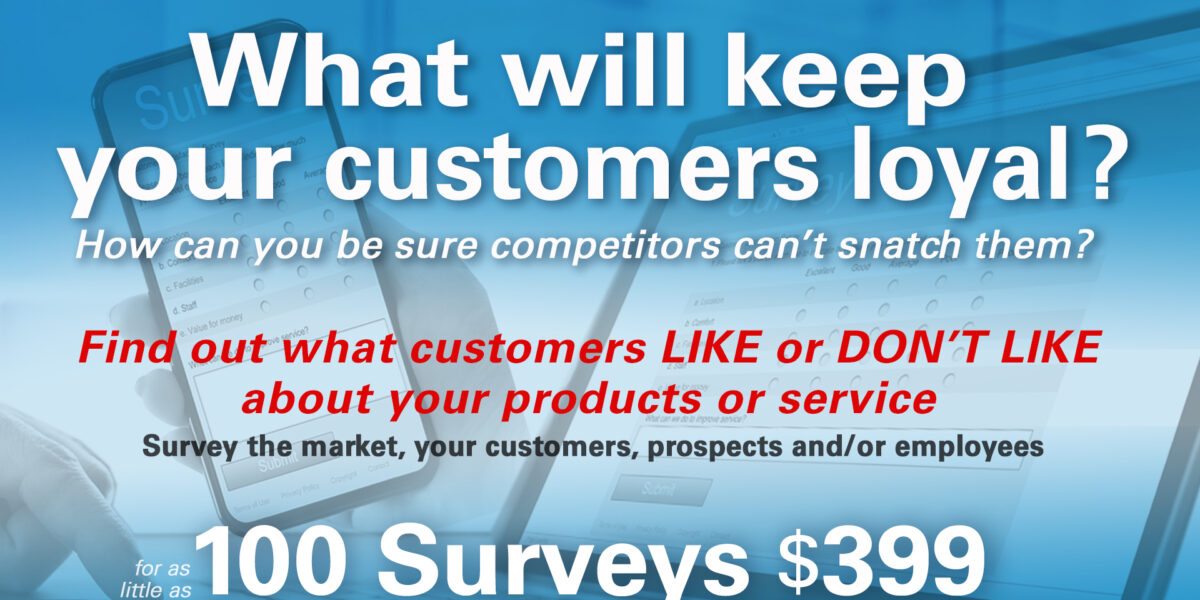OK, you have a Facebook page and probably Twitter, Google+ and LinkedIn at least, right? So what are you posting on those sites? How many followers do you have? Here’s the REAL question: Do you HAVE a social media strategy? Most businesses and non-profit organizations do not.
You know, social media has been touted as a “free and easy” way to market businesses and non-profits. But there’s nothing easy about it if you want to be effective at it. And if you put in the time to do it right, it’s not “free” either, is it?
There are a few simple keys however, that will get you prepared and then started on a basic social media program that can be very successful.
First, you have to understand the role you’ve taken on. No matter what you sell or offer, when you handle your social media, you are first a Publisher. You’re sending news and information into the market. You are a communicator and representative of your organization.
Now, focus on two main efforts.
First, build audience
When you’re starting from scratch, go basic — flat-out ask staffers, friends, suppliers and customers to follow you or like your page. Connect with all the same on LinkedIn, Google+ and any other social media you’re using.
Then begin working on content
This is the hardest part for most people.
You want to be a voice, not an echo. You have to provide something that others don’t. Do everyone a favor and skip the posts about birthdays of your staffers — no offense, but your customers and prospects don’t care about that.
You want to provide three forms of valuable content
The most valuable is education: How to do this…, Five keys to…, Three steps to a better… You fill in the blank — just make sure it’s related to your business. For example, if you have a restaurant, you might want to do a mini-tutorial on wine selection (different varieties, and which pair well with which main dishes). Or a car repair shop could list three routine maintenance tasks that vehicle owners commonly neglect, and the problems this can cause.
The next most-valuable is information: Where to find (blank), a list of the Top 10 reasons customers do (blank), or Expected new regulations, etc. If you’re an attorney, you could preview a recently passed state law that will take effect soon, and how that will impact certain businesses or individuals. Or a roofing company might outline and show examples of which type of roofing materials work best in which environment..
Finally, there’s entertainment and engagement. This may have less value and can be used less frequently. But it’s still useful, as long as it’s industry-related. You can run a contest for readers to guess some industry fact. Create a Throwback Thursday and post some industry photos from 50 years ago.
When it comes to your social media program regular updates are crucial
Nothing shouts “We don’t care” louder than a Facebook page whose last post was months ago! And when you post something make sure it is quality content that your readers/viewers will find useful and even want to share. Sharing builds audience like nothing else.
Just remember the most valuable posts are Education, then Information, and then Entertainment and Engagement.
Make sure you schedule your posts for at least once a week, and consider using a third party scheduling app like Hootsuite to schedule and repost them several more times throughout the month.
Use these keys to build your social media program into a dynamic marketing tool that works for you and your organization.













Comment